According to legend, a group of Portuguese monks sailing to Macau encountered bad weather and instead docked in Nagasaki, Japan. This chance meeting forever changed Japan and its culinary landscape.
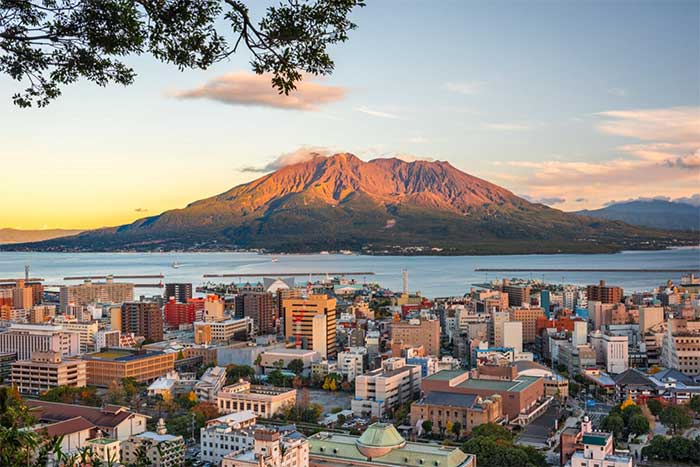
The beautiful coastal city of Kyushu. Photo: Lonely Planet
In the 16th century, Kyushu Island, part of Nagasaki Prefecture in Japan, was the only city where foreigners could trade with the Japanese. It is also the birthplace of many famous Western-style sweets.
Kyushu – The City of Sweets
A famous dessert originating from this island is castella cake, a sweet cake inspired by Portuguese baking. While the pound cake style comes from Portugal, a key ingredient that defines the Japanese version is mizuame syrup, made from glutinous rice.
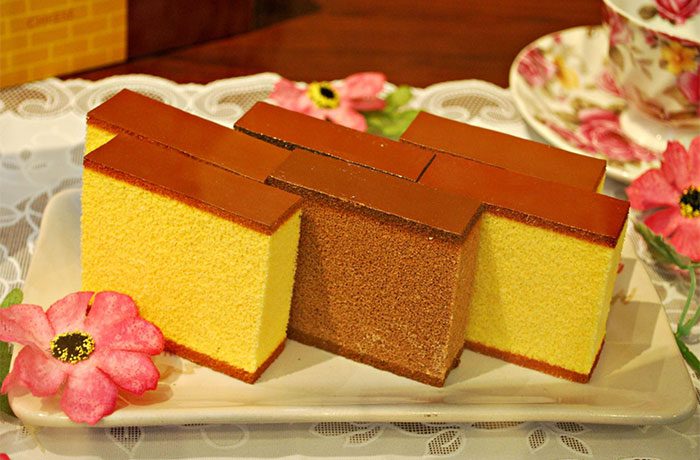
The smooth castella cake sweetened with Japanese mizuame syrup. (Photo: Japan Hub).
Fukusaya is the place to buy the best castella cake in Japan. This famous chain of pastry shops opened its first location in Nagasaki in 1624. The castella cakes here are cut into square pieces, individually wrapped in colorful packaging, and placed in gift boxes.
According to a Fukusaya staff member, although there are occasionally special flavors like sakura (cherry blossom) in spring or chocolate during Christmas, the classic castella remains the best-seller.
Castella cake (kasutera in Japanese) also appears in another famous Japanese dessert, the beloved cake of the robotic cat Doraemon: dorayaki. This can be considered a thinner version of castella, made into pancakes with a sweet red bean paste filling.
Among the popular desserts in Japan, one cannot overlook the wagashi, which also originates from Kyushu.
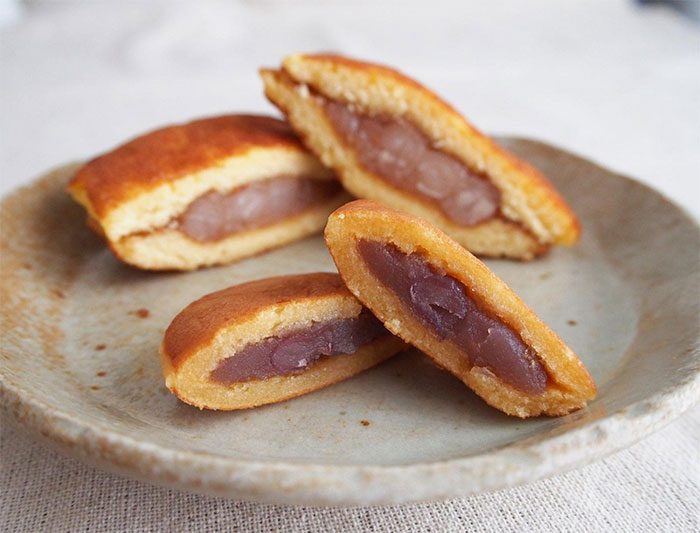
The famous Dorayaki. (Photo: gltipj).
Culinary Fusion Between Japan and Europe
Another European sweet that the Japanese have adapted is the macaron, or makaron as it is known in Japan, which is made with peanut flour instead of almond flour and often features traditional Japanese flavors such as green tea or red bean.
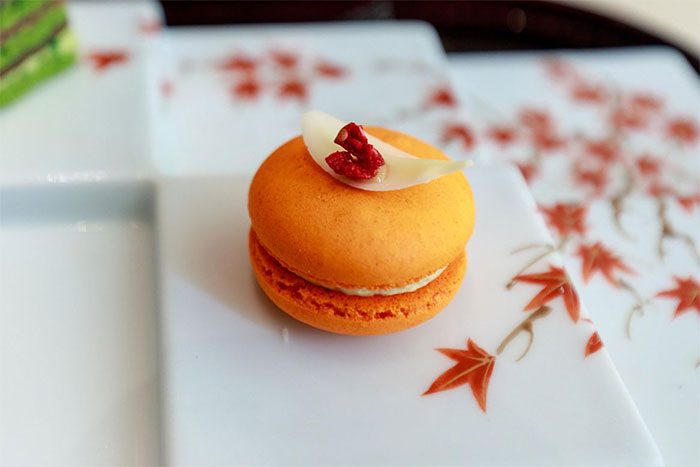
A cute Japanese-style macaron. (Photo: CNN).
Michele Abbatemarco, pastry chef at the Est restaurant in the Four Seasons Tokyo at Otemachi, stated: “I think the Japanese really enjoy European sweets, especially French pastries. Over the past 50 years, pastry making has greatly evolved in Japan. And now, many bakeries in Europe and around the world are inspired by Japanese products,” he added.
A Royal Legacy
One of the most recognizable and popular candies in Japan is konpeito. These small, pastel-colored sugar pieces resemble stars or crystallized flowers. The name is believed to originate from the Portuguese word for a type of sugar candy called confeito, brought to Japan by sugar traders.
However, their small size not only makes them “cute” but also reflects that in the 16th century, sugar was so expensive that even a small treat was highly valuable.
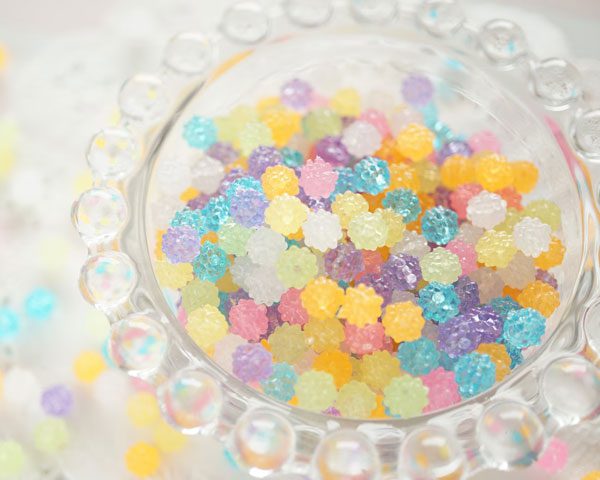
Shimmering konpeito candies. (Photo: Super Cute Kawaii).
According to ancient Japanese tradition, royal guests such as heads of state and other royal family members would receive silver candy boxes called bonbonnieres (French for “candy box”) as a welcome gift when attending significant events like weddings or the “festivals” of the Emperor and Empress of Japan.
The candy boxes are made of silver by the jewelry company Miyamoto Shoko in Tokyo and are adorned with a chrysanthemum flower, a symbol of the royal family. Inside the candy boxes, fortunate guests discover the shimmering konpeito candies.


















































